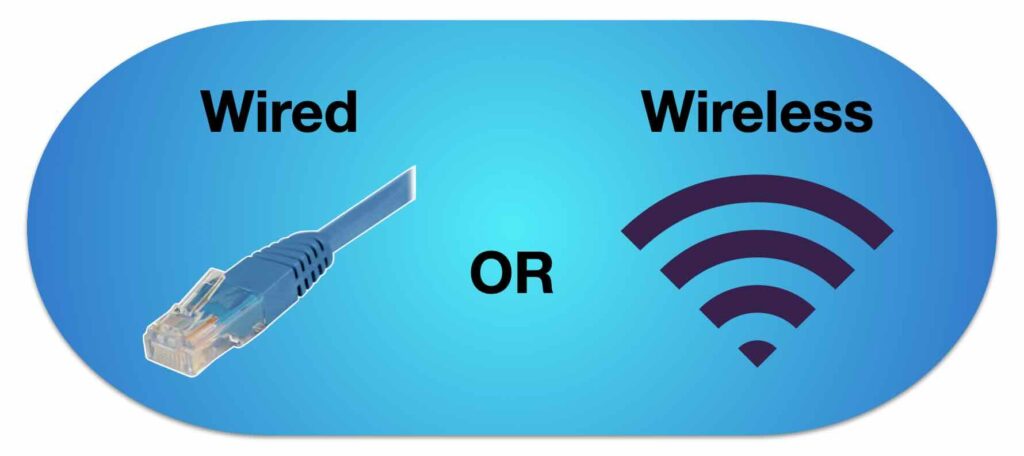FOR IMMEDIATE RELEASEApril 1, 2025 5Gstore Acquires Ericsson and Semtech Routers — Revives Cradlepoint and Sierra Wireless Brands Crystal Lake, IL — In a bold move that has stunned the wireless industry, 5Gstore.com is proud to announce the acquisition of Ericsson’s router division and the simultaneous repurchase of Sierra Wireless from Semtech. In an effort […]
Tag: wireless
Wired or Wireless Network: Which is Best?
When setting up a local network, choosing between a wired or wireless network setup can significantly impact connectivity, security, performance, and flexibility. Understanding the pros and cons of each network setup option is essential to ensure you’re making the best choice for your needs. Here, we’ll dive into the advantages and disadvantages of both wired […]
The Evolution of Wireless Connectivity: Wi-Fi 7 Redefines Speed and Efficiency
For most individuals, today’s Wi-Fi hardware offers a satisfactory user experience. However, technology perpetually advances, with the next breakthrough constantly on the horizon. Introducing Wi-Fi 7: a groundbreaking standard poised to redefine speed, efficiency, and connection reliability. Wi-Fi 7 represents more than just another incremental step in wireless technology. It promises dramatic improvements over its […]
Why You Should Not Upgrade to Sierra Wireless Software MGOS 4.4.2
Sierra Wireless has just released an important announcement. Due to an instability in the radio module firmware released in MGOS 4.4.2 they are requesting that no additional MG90 MGOS 4.4.2 upgrades be performed until further notice: They apologize to everyone affected by this radio instability. It’s through an abundance of caution that they are asking customers to […]
What is the Newest Router from Sierra Wireless?
Introducing the new Sierra Wireless RX55! This small, rugged cellular router is perfect for industrial applications and in harsh environments. It has a MIL-STD-810G rating for shock, vibration, thermal shock, and humidity. It also includes a vehicle grade power supply and is Class I Div2 certified. Models come with a Cat 7 LTE-A modem, which […]
Sierra Wireless AirLink OS Patch Release – Should I Update?
Sierra Wireless has announced AirLink OS 3.1.26, a patch release to 3.1, which is available on the Source and ALMS. The patch release includes: New Verizon 5G certified radio module firmware enabling operation on Verizon’s C-Band network. Bug fix for GNSS reporting when Ethernet is the only WAN link. Any customer using the above capabilities […]
Inseego 4G/5G Routers Now Available at 5Gstore
Think back to the first time you saw or used a mobile WiFi hotspot. That’s where our new partner, Inseego got its start. For the past 25 years, they’ve been leading the way by creating entirely new types of devices that allow users to connect wherever they are. By staying at the front of innovation, […]



